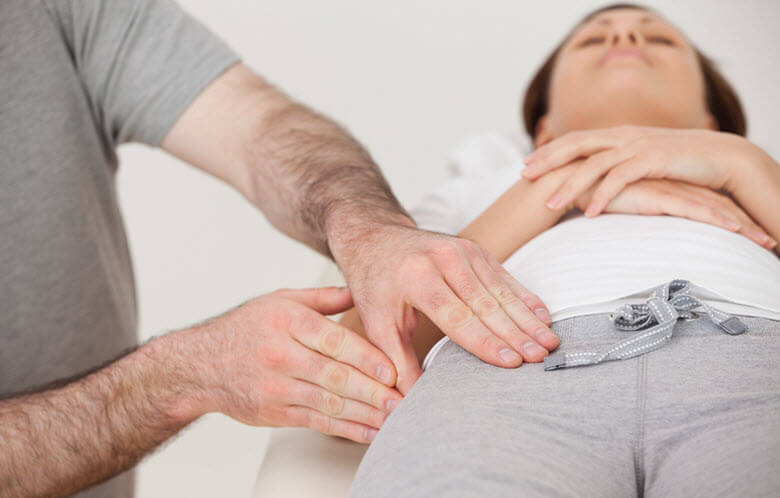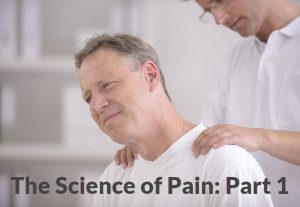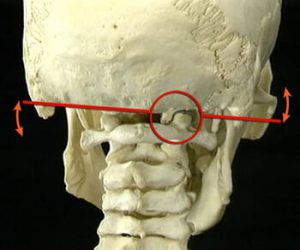
Have you ever had a client come in that looks twisted up on the table? You might first notice it when you observe their slightly lopsided gait, but when they lay flat on the table it becomes even more clear. One side just looks higher than the other.
These clients may or may not be in significant pain, or any pain at all. But they still have a sense that something is not quite right because they are constantly compensating for this asymmetry. If that client is an athlete, they may notice a decrease in their ability to perform sport specific movements comfortably or powerfully. Is relaxation model bodywork (such as a formulaic Swedish massage) appropriate for these clients? Is general relaxation going to address this specific problem? Without intervention, it is much easier to continue to fall further into asymmetry and dysfunction than to move back out of dysfunction.
Prior injury is the best predictor of future injury, but muscle imbalance and motor control asymmetries (indicated by FMS scores) have also shown to be a predictor of time-loss sports injuries. Asymmetry is a fact of life, and arbitrarily imposing symmetry on a body is not necessarily a good strategy. Each body has its own compensation pattern and nobody fits exactly into neat biomechanical boxes. Movement biases write themselves into the nervous system and create observable physical tendencies or structural patterns. Therapists must work with a body as it is to encourage as much balance as possible for that person at that time. Interventions need to be specifically tailored for functional idiosyncrasies.
This is not possible without a technical toolbox that can be used to address the specific issues they are presenting. With scoliosis clients especially, the direction of work is extremely important and cannot be overlooked. Check the link above for a more comprehensive look on how to work with this condition. Your clients will appreciate the freedom they experience after this work, and the manual cues can help them begin to rewrite the biases in their nervous system.
1. Kiesel, KB; Butler, RJ; Plisky, PJ. “Prediction of injury by limited and asymmetrical fundamental movement patterns in american football players.” Journal of Sports Rehabilitation, 2014 May; 23(2): 88-94 http://www.ncbi.nlm.nih.gov/pubmed/24225032
2. Kisel, KB; Plisky, PJ; Voight, ML; “Can serious injury in professional football be predicted by a preseason functional movement screen?” North American Journal of Sports Physical Therapy. 2007 August; 2(3): 147-158 http://www.ncbi.nlm.nih.gov/pmc/articles/PMC2953296/
On sale this week only!
Save 25% off the Posture Pain Performance course!

NEW! USB version with enhanced video
Discover the foundational principles behind MAT technique as we take you on an in-depth look at the connection between pain, posture and function. Save 25% off the Posture Pain Performance course this week only. Offer expires Monday April 22nd. Click the button below for more information and to purchase the course. Upon completion receive 20CE hours and a certificate of completion to display in your office.
Bonus: Order the Home Study version and receive the e-Course for FREE!






